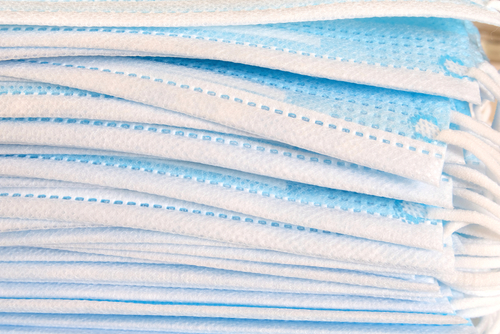
Sandia National Laboratories recently announced that it was working with medical device manufacturers to test mask materials and with local hospitals to evaluate N95 mask cleaning methods to boost the availability of masks in the beleaguered United States healthcare system.
This assistance is reportedly being provided at no cost to Sandia’s partners, through a mix of internal funds and assistance from the Department of Energy (DOE) Office of Science. As part of this, Sandia is conducting tests for manufacturers to demonstrate how their mask designs hold up to industry standards, as well as studying disinfection methods that could help hospitals reuse masks and reduce the strain on a supply system stretched thin.
“We’re providing them information they need to make decisions regarding the reuse of sterilized N95 masks and the use of alternatives to N95 masks to protect health care workers and patients,” Gil Herrera, Sandia Fellow, said.
N95 respirator masks are capable of blocking 95 percent of extremely small particles, without restricting breathing in the process. Respirators have run low in hospitals throughout the COVID-19 pandemic, though, a fact which prompted several Albuquerque, New Mexico companies to approach Sandia for help.
“Sandia isn’t a certification lab, but we were able to use the systems to provide quantitative results,” Michael Omana, Sandia’s principal investigator, said. “We’ve been able to utilize two independent systems to validate a robust data set.”
Using these tests, the researchers sorted out the most promising filter media to use for respirator production and moved from there. They note that it is comparable to N95 filtration. Now, a Sandia team — in collaboration with the University of New Mexico Hospital — is assessing a hydrogen-peroxide vapor method of cleaning masks, along with less specialized techniques for smaller hospitals. As part of this study, researchers will track the impact of repeated decontamination cycles on N95 masks’ respirator filtration, fit, and mechanical integrity.
At the same time, a separate Sandia team in Livermore, Calif., is looking at a solvent known as supercritical carbon dioxide as an eco-friendly means of sterilizing those respirators. If successful, that process could be rapidly deployed at hospitals nationwide as it is already used in commercial dry-cleaning.




